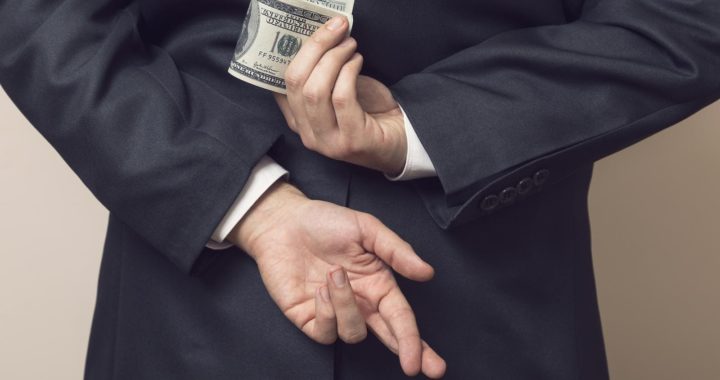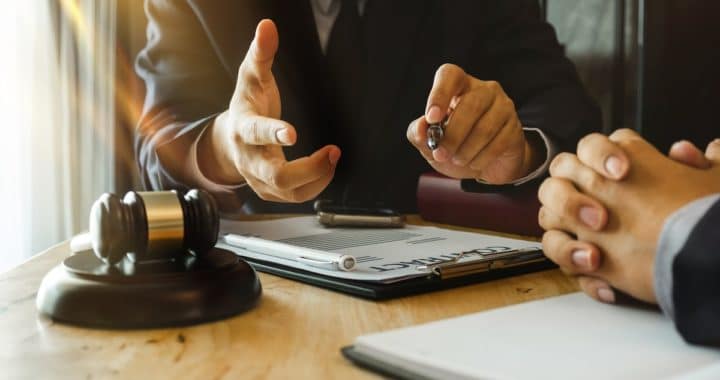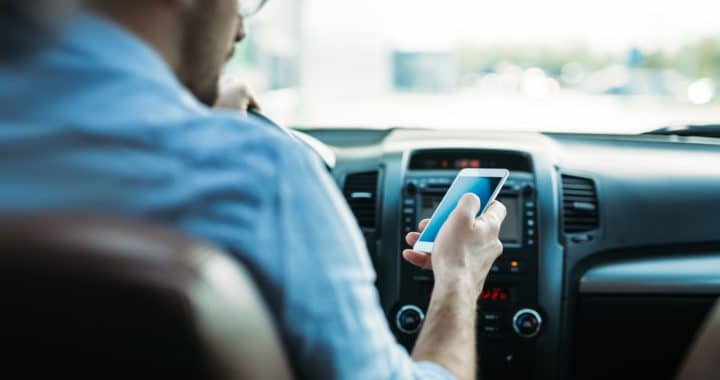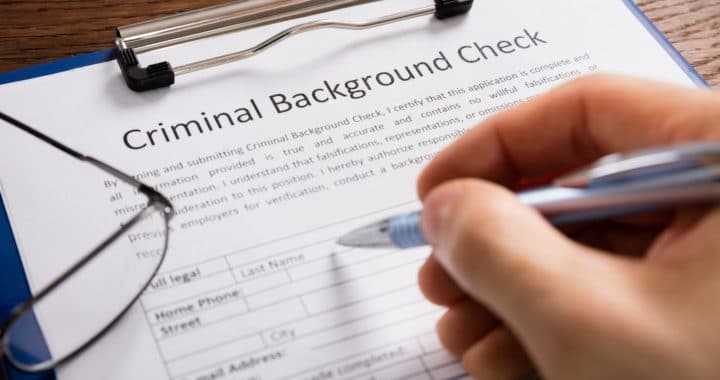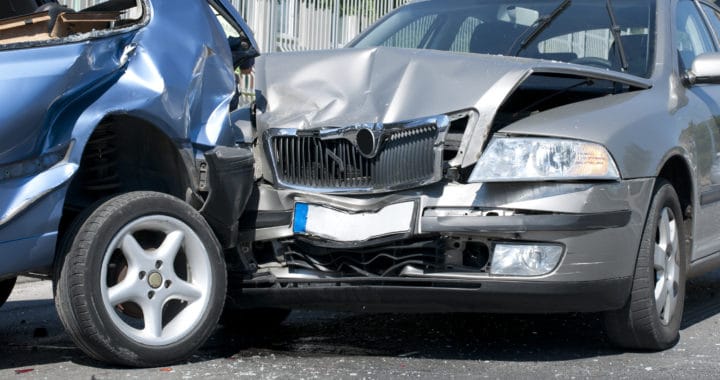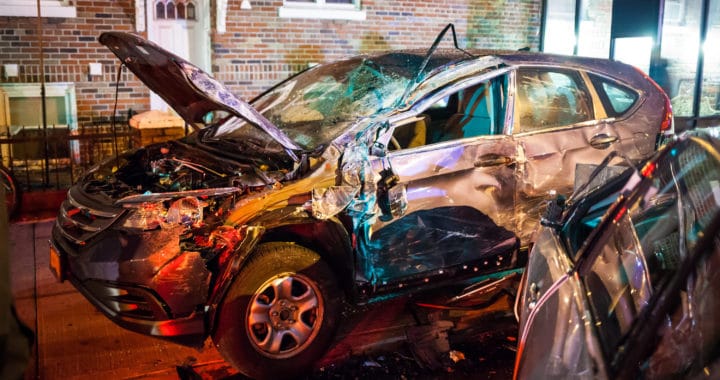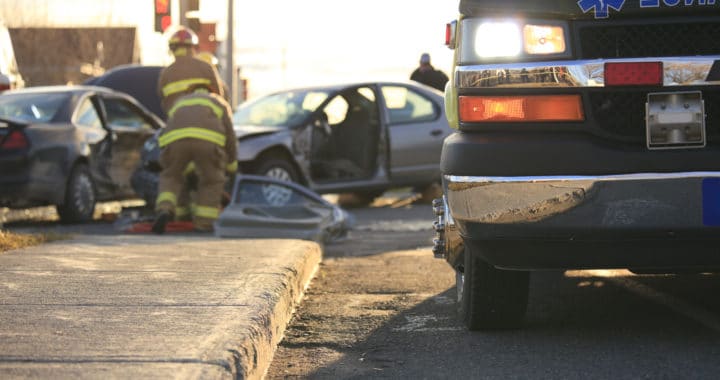Every couple of years, a famous case will emerge into the public eye and call into question some of the complexities of the law. From high-profile criminal cases to well-publicized civil suits, these cases can often bring to light important questions about the law and our criminal justice system.
Facing criminal charges (or seeing a loved one charged) can be harrowing and overwhelming, so let’s look at some of the most famous cases in fraud and embezzlement that have brought to light important aspects of the law.
A Quick Legal Definition of Fraud and Embezzlement
For something to constitute fraud in the legal sense, proof of intentional or negligent misrepresentation of facts must be shown. The person in question must have known or been reckless in their representation of the facts. In broad terms, fraud includes cases that involve false representation, dishonesty, and deceit.
When it comes to embezzlement, the terms are a little different. The term embezzlement is used to describe a type of white-collar crime in which a person or entity (company or organization) misuses misappropriated funds or assets that are entrusted to them. This is a type of fraud, where the embezzler misuses funds or assets and then uses them for unintended purposes. This usually happens when an individual or company is entrusted with another individual’s profits, assets, or income.
Common Characteristics of a Fraud Case
The extent of fraud can vary significantly, as it can occur within family members, friends, or between companies or corporations. It can involve a few hundred dollars, thousands of dollars, or even millions. Companies go bankrupt or find themselves in serious legal trouble when accused of fraud allegations. Fraud cases can involve:
- Stolen assets or profits
- Manipulated accounting or books
- Faulty items
- Bad services
- Ponzi schemes
Famous Fraud Cases in the Public Spotlight
Recent cases have brought to light common legal questions regarding fraud. One of these is the famous Wells Fargo case of the last few years.
A Primer on the Wells Fargo Fraud Case
This recent fraud case made headlines when the national bank was discovered to have lied about its sales practices and accounts. The case begins when Wells Fargo employees were pressured by the higher-ups to meet high quotas in an attempt to increase sales and revenue. This led to bad practices as employees began creating savings and checking accounts for customers without their approval.
In order to reach the high quotas, the staff became embroiled in a chain of inappropriate activities including moving money into fraudulent accounts. It was only a matter of time before bank customers would notice unwarranted fees on their accounts and realize that they had accounts they didn’t even know about. This did not end well for the bank. In 2020, they were forced to pay $3 dollars to settle long-running civil and criminal probes.
Common Characteristics of an Embezzlement Case
Embezzlement is often mentioned along with fraud, as the crimes are similar. Embezzlement, however, refers to individuals or entities that misuse funds they are entrusted with in a legal or professional capacity. These cases can typically include:
- Claiming assets such as real estate, company vehicle, or other property that belongs to a company for personal use
- Investing scams
- Transferring funds entrusted to them to their personal accounts
- Ponzi schemes that also involve certain kinds of fraud
Famous Embezzlement Cases in the Public Spotlight
A little more than ten years ago, a famous comedian made headlines for more than his comedy routine. Dane Cook was a well-known comedian, selling out large venues and appearing in every late-night show imaginable. Behind the scenes and behind his back, there was some pretty serious embezzlement going on.
Dane Cook’s half-brother—who had been his manager since he got his start—was tasked with handling the finances and, as it turns out, stole money from Cook. In 2010, it was discovered that Darryl McCauley had embezzled money that belonged to his half-brother despite the fact that Cook was paying him a good 12,500 per month as his business manager.
The realization that his own trusted brother had been stealing from him was quite the personal blow for the comedian. The case was pretty clear cut, as McCauley had not been particularly careful in covering his tracks. This was a case of embezzlement because McCauley was entrusted to take care of the funds for his brother and instead used them for his personal use.
Looking for a Strong Defense, Find the Right Legal Counsel for Your Case
Cases of fraud and embezzlement can be complicated cases. Every state has its approach to these types of white-collar crimes as well, so it depends on the individual circumstances of the case. W. Shane Jennings works to represent and defend those that are facing charges, both criminal and civil.
Do you know someone that needs legal representation in New Mexico? Whether they face criminal charges or a personal injury case, our lawyer provides the counsel they need. Call W. Shane Jennings today.

